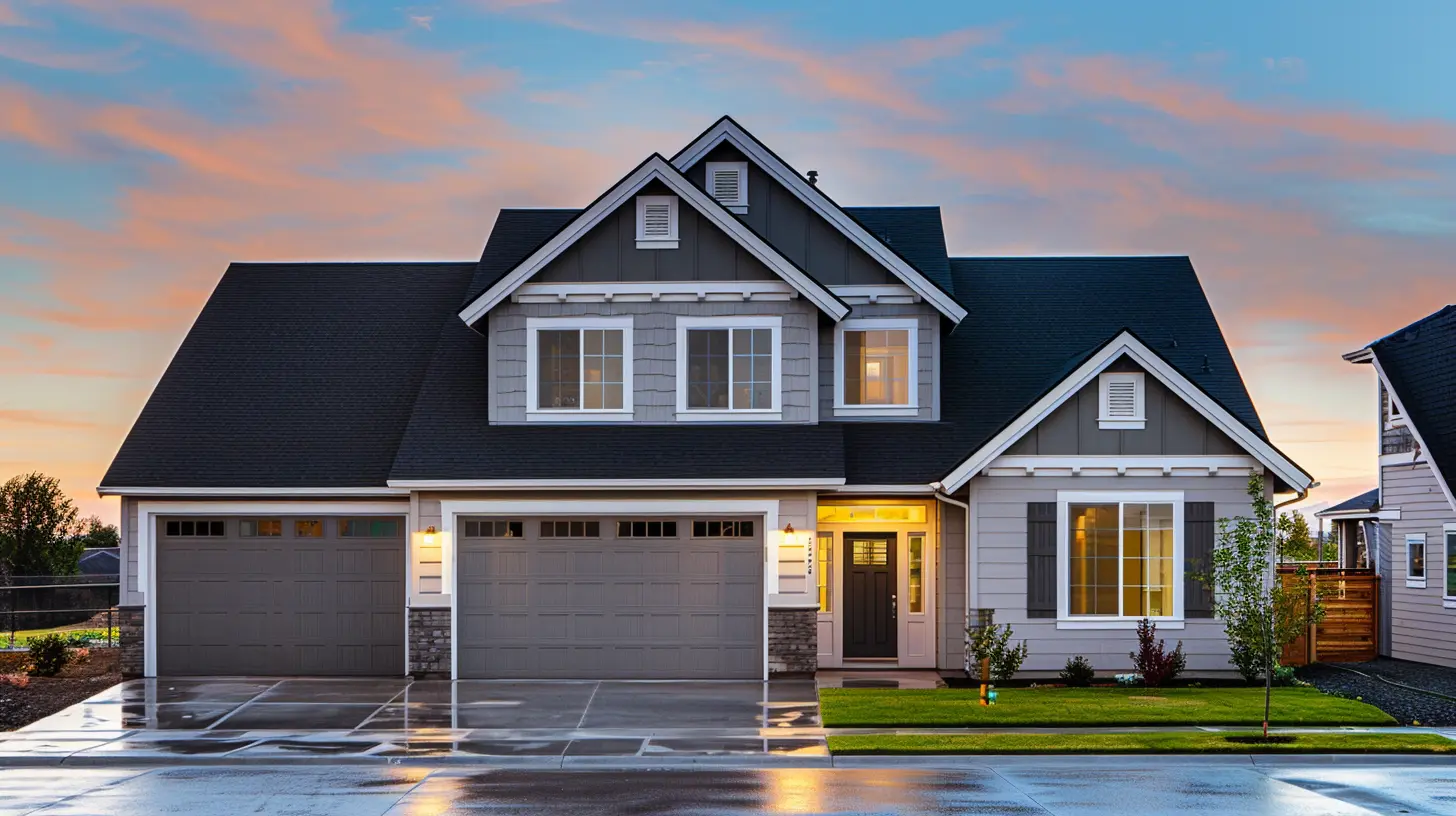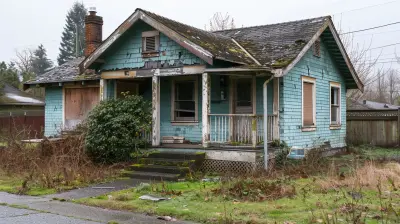The Importance of Location in the House Flipping Game
17 November 2025
If you're in the house-flipping game, you already know that location isn’t just important—it’s everything. You could renovate a home with the finest materials, state-of-the-art appliances, and picture-perfect curb appeal, but if it’s in the wrong spot, you’re going to struggle to sell it for a profit.
Flipping houses is all about buying low, adding value, and selling high. But without the right location, your investment could end up sitting on the market longer than you'd like. Let’s dive into why location matters so much and how you can use it to increase your chances of a successful flip.

Why the Right Location is a Game-Changer
1. Demand Drives Sales
A house in a sought-after neighborhood will sell faster and at a higher price. Buyers aren’t just looking at the home itself—they're looking at the entire package, which includes the surrounding amenities, schools, job opportunities, and overall quality of life.Consider this: would you rather flip a house in a thriving, up-and-coming neighborhood or in an area where homes sit on the market for months? If no one wants to live there, no matter how fantastic the house looks, you’ll be stuck holding onto a property that’s not appreciating in value.
2. Neighborhood Trends and Growth
Savvy flippers know that the best location isn’t just about where the market is good today—it’s about where it will be good tomorrow. Pay attention to areas where property values are rising, businesses are moving in, and infrastructure projects are underway.Look for signs of growth, like:
- New schools being built
- Shopping centers or restaurants opening
- Public transportation expansions
- A steady increase in home values over the past few years
Neighborhoods in transition—often labeled as “up-and-coming”—can be golden opportunities for flipping if you time it right.
3. Safety and Crime Rates Matter
Would you buy a house in an area with a high crime rate? Probably not. And if you wouldn’t, why expect a buyer to? Safety is a major concern for home buyers, and if a neighborhood is known for crime, your potential pool of buyers shrinks significantly.Before purchasing an investment property, research crime statistics. Several free websites and local police departments provide this data. Investing in the safest areas, or at least those showing lower crime trends, increases the chances of a quick and profitable sale.
4. School Districts Affect Home Prices
Even if you’re flipping a house with no intention of selling to a family, the local school district still plays a role in your property’s value. Parents often pay a premium to be in a good school district because they want the best education for their children.Homes in top-rated school districts tend to hold their value better and sell quicker. This is why you should factor in local education rankings when choosing a location for your next flip.
5. Proximity to Jobs and Amenities
No one wants to endure a miserable commute every day. Homes located near major employment centers, business districts, and public transit hubs tend to attract more buyers.Think about amenities too—buyers look for proximity to:
- Grocery stores
- Restaurants and coffee shops
- Parks and recreational facilities
- Entertainment venues, like theaters or sports arenas
The convenience factor can be a major selling point, making your flip more appealing to potential buyers.

Choosing the Best Locations for Flipping
Now that we’ve covered why location is critical, how do you find those prime spots? Here are some tried-and-true strategies for identifying the best areas to invest in:1. Look for Market Indicators
Successful house flippers pay attention to economic trends and local market indicators. Keep an eye on:- Inventory levels – A low supply of homes with high demand means properties sell quickly.
- Median home prices – If prices have been steadily rising, it’s a great sign.
- Days on market – The lower this number, the faster homes are selling.
Neighborhoods with strong market indicators often make great locations for house flipping.
2. Study Real Estate Cycles
Real estate markets move in cycles—boom, bust, recovery, and growth. Knowing where an area sits in that cycle can help you determine if it’s a good time to buy. If you invest in a neighborhood that’s recovering but on the rise, your flip could yield a much higher return.3. Network with Local Real Estate Agents
Nobody knows a market better than the real estate agents working in it daily. Build relationships with local agents who can provide insights on trends, hidden gem neighborhoods, and buyer demand.Many successful flippers rely on these connections to get early access to great deals before they hit the market.
4. Check Out Future Development Plans
A little research into planned developments can provide valuable insight into which areas will grow in demand. Cities often release future plans for:- New highways or transit expansions
- Large commercial developments
- Housing projects or revitalization efforts
A neighborhood that’s about to get a facelift could be a prime spot for your next flip.
5. Test the Area as if You Were a Buyer
Put yourself in the shoes of a potential buyer. Drive around at different times of the day, check out the local vibe, and visit nearby amenities. If the area feels appealing to you, chances are it will be attractive to buyers too.
Common Location Mistakes to Avoid
Even experienced flippers can make mistakes when it comes to picking the right location. Here are some common pitfalls to steer clear of:1. Ignoring Market Trends
Just because a neighborhood was hot a few years ago doesn’t mean it still is. Always review current data and consult local real estate professionals before making a purchase.2. Overlooking Local Regulations
Some areas have strict zoning laws, permit restrictions, or homeowners associations (HOAs) that can make renovations a nightmare. Do your due diligence before buying.3. Buying in an Area with Limited Appreciation
If homes in an area have barely appreciated over the past five to ten years, that’s a red flag. You want to invest in locations that show strong or improving appreciation rates.4. Ignoring Traffic and Infrastructure Issues
A great house in a bad traffic zone? That’s a deal-breaker for many buyers. If an area has difficult access to highways, major roads, or public transportation, it could negatively impact your resale potential.
Final Thoughts
In the house-flipping game, location isn’t just another factor to consider—it’s the foundation of your success. You can always change a home’s appearance, but you can’t change its location.The best flippers know that buying in the right area can mean the difference between a quick, profitable sale and a property that sits on the market, draining your resources. Pay attention to market trends, neighborhood growth, crime rates, and buyer demand before making a move.
At the end of the day, location dictates your flip’s profit potential. Choose wisely, and you'll reap the rewards.
all images in this post were generated using AI tools
Category:
House FlippingAuthor:

Kingston Estes

